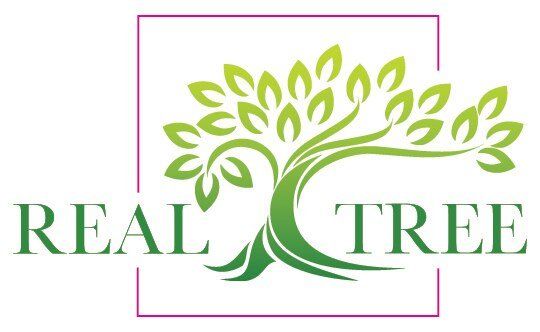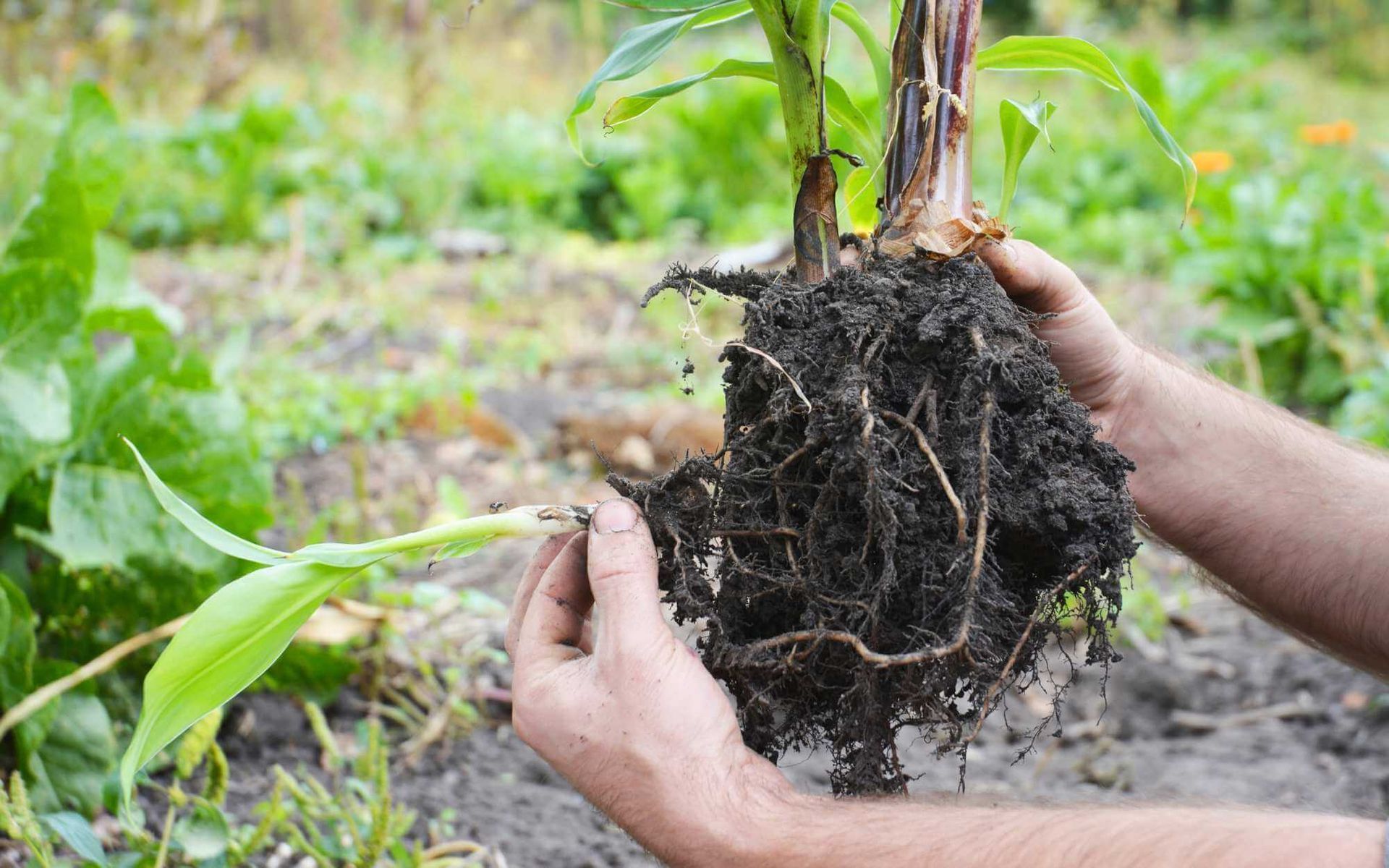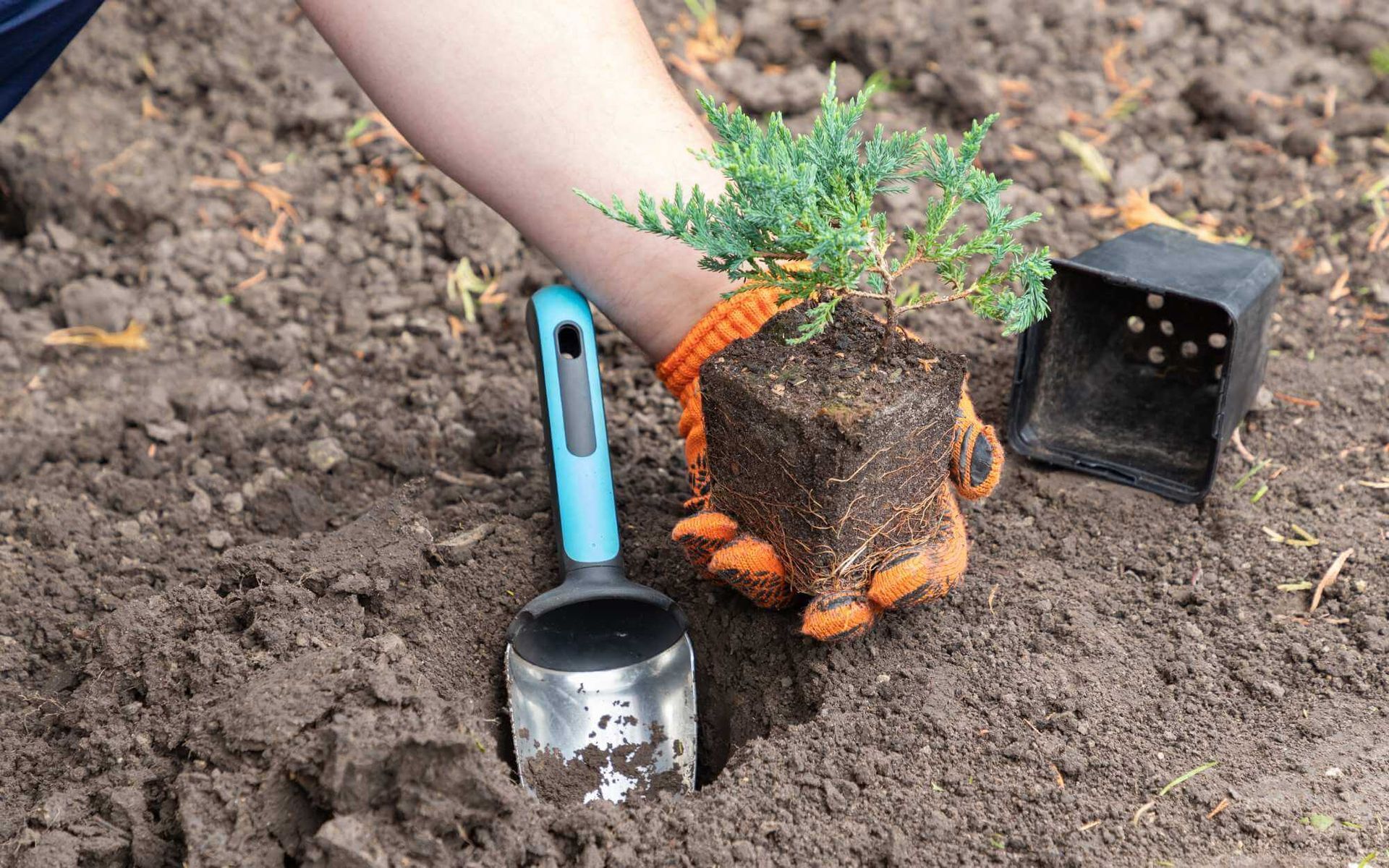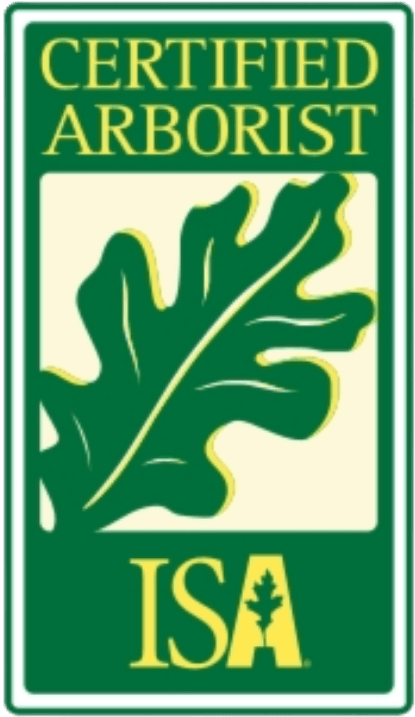Yard Recovery: Restoring Landscapes After Storm Damage
PUBLISHED ON
SHARE THIS ARTICLE
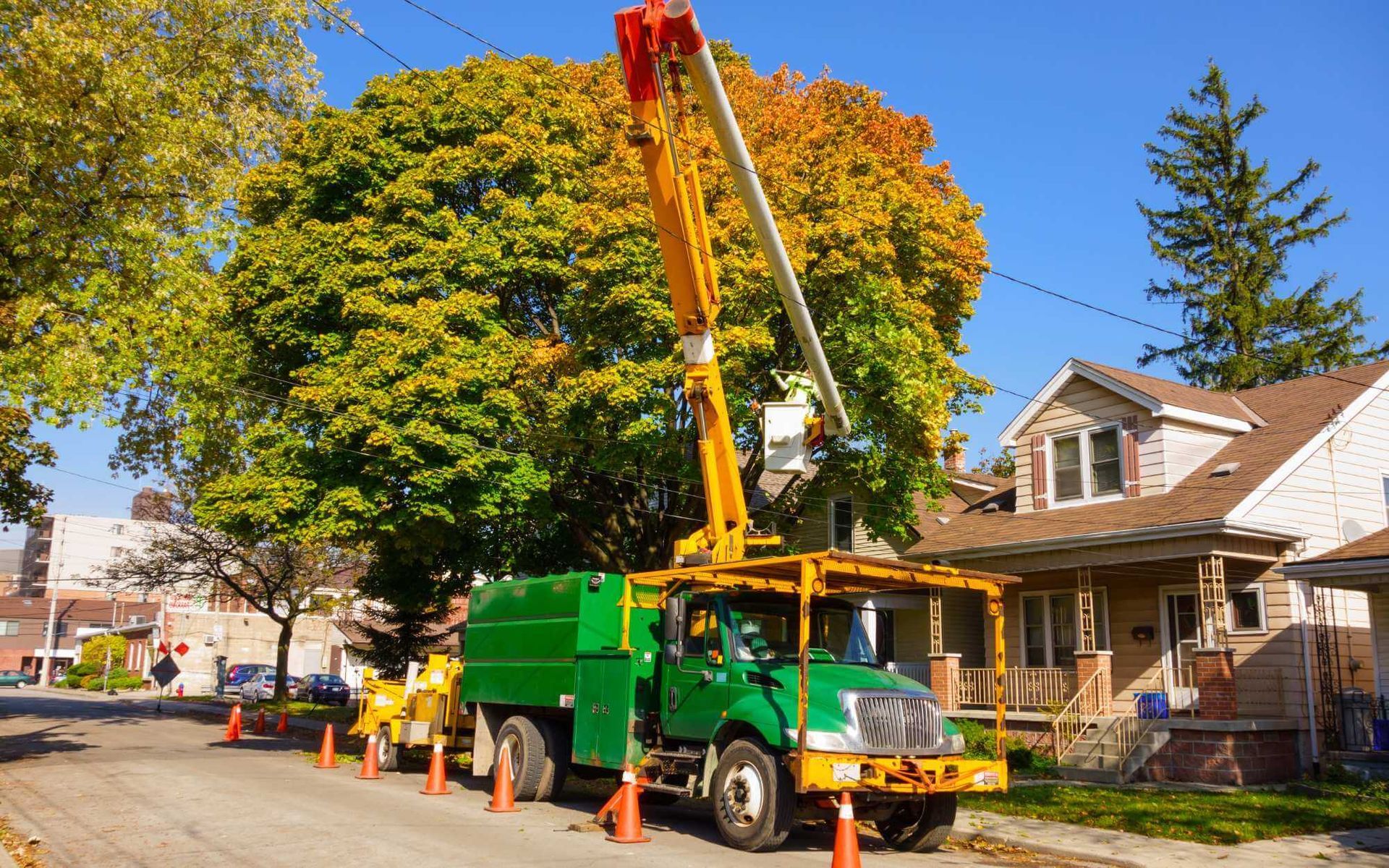
In the wake of a storm, our yards can bear the brunt of nature's wrath, with toppled trees, stripped foliage, and damaged landscapes acting as poignant reminders of the storm's power. These ravaged greenspaces not only mar the aesthetic appeal of our homes but also pose potential hazards if not addressed promptly and properly.
Recovery and restoration of these damaged landscapes are vital, not only for the aesthetics and safety of our homes but also for the overall health and well-being of our local ecosystems.
This blog post aims to guide you through the process of
restoring landscapes after storm damage to their pre-storm beauty.
Assessing the Damage
Understanding the extent of storm damage begins with a comprehensive survey of your property.
Carefully observe fallen or leaning trees, damaged plants, saturated soils, broken fences or structures, and any standing water. Use caution around downed power lines or broken branches. Document the damage with photographs for insurance or professional assistance purposes.
This assessment will help you prioritize areas needing immediate attention, including hazardous situations, structural issues, or severely damaged plants. The process may be daunting but identifying these key areas is the first step towards effective and organized recovery.
Remember to consider professional help for extensive damages or potentially dangerous situations.
Planning the Recovery
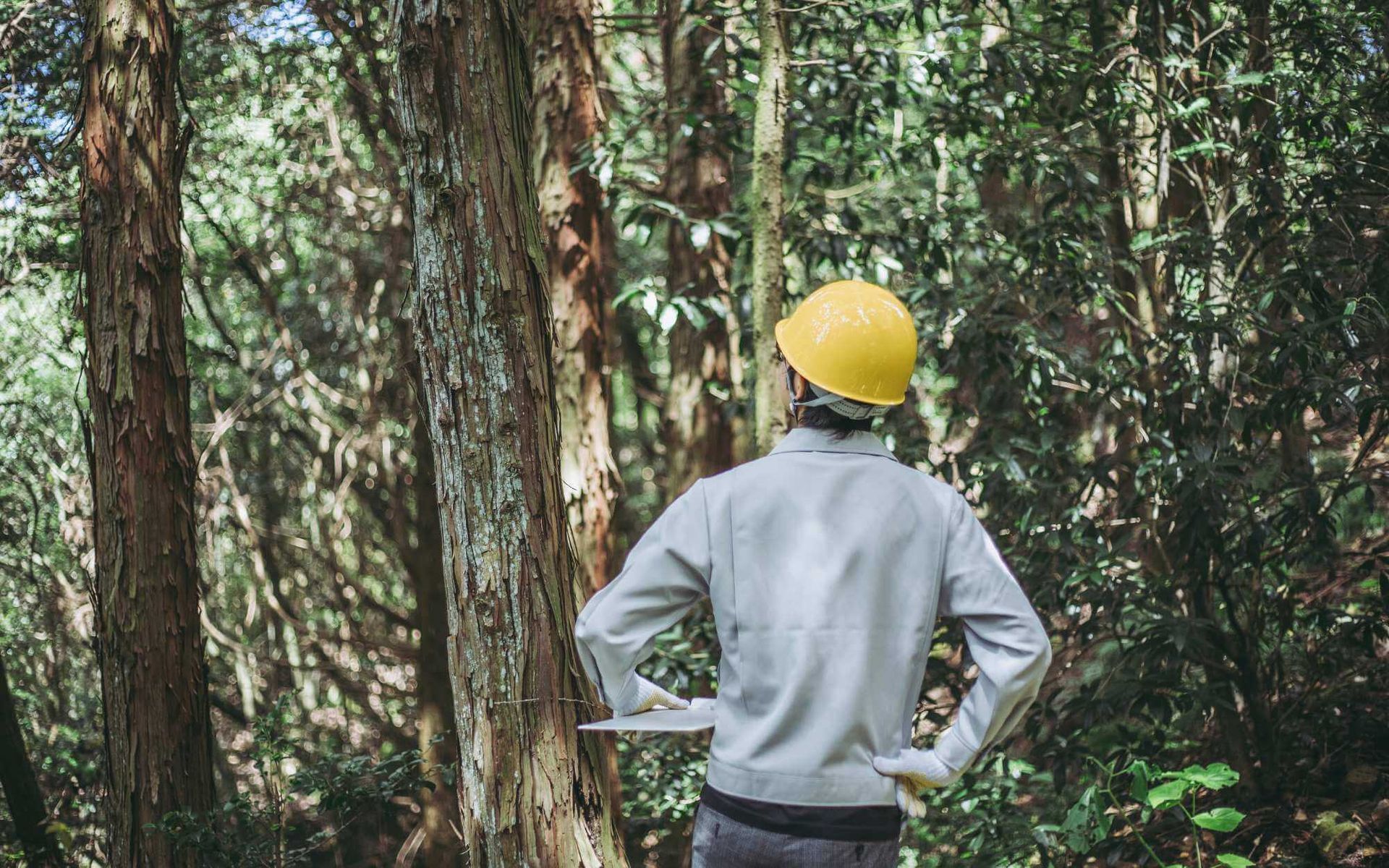
Developing a comprehensive recovery plan is the next pivotal step.
Prioritize tasks based on urgency and severity — addressing potential hazards like structural damage or dangling branches should be foremost. Consider the health and survival chances of impacted plants, as some may recover with minimal intervention, while others might need immediate replacement.
Setting a timeline helps manage tasks effectively. This doesn't only involve immediate clean-up efforts, but also long-term tasks like soil rehabilitation and replanting.
Remember, landscape recovery can be a lengthy process, patience will be key during this time. Engage with local nurseries or extension services for advice tailored to your specific needs and local conditions, they can provide valuable guidance on suitable plants and optimal planting times.
Restoring the Landscapes
Clearing debris entails safely removing damaged trees, broken limbs, and scattered rubbish, a task that often requires specialized equipment or professional help.
Be vigilant about broken glass or hazardous materials among the debris. For fallen trees, consider hiring professional tree surgeons to mitigate risks. They can also assess other mature trees for stability.
Damaged structures or features, such as fences, pergolas, or garden sheds, may require repair or replacement.
Carefully inspect each for structural integrity. Minor damage might be fixable with a DIY repair, but significant damage might necessitate professional repair services. Consult with landscaping specialists on repairing natural features like eroded soil or damaged lawns.
Throughout this restoration phase, safety should be your utmost priority.
Rejuvenating the Soil and Plants
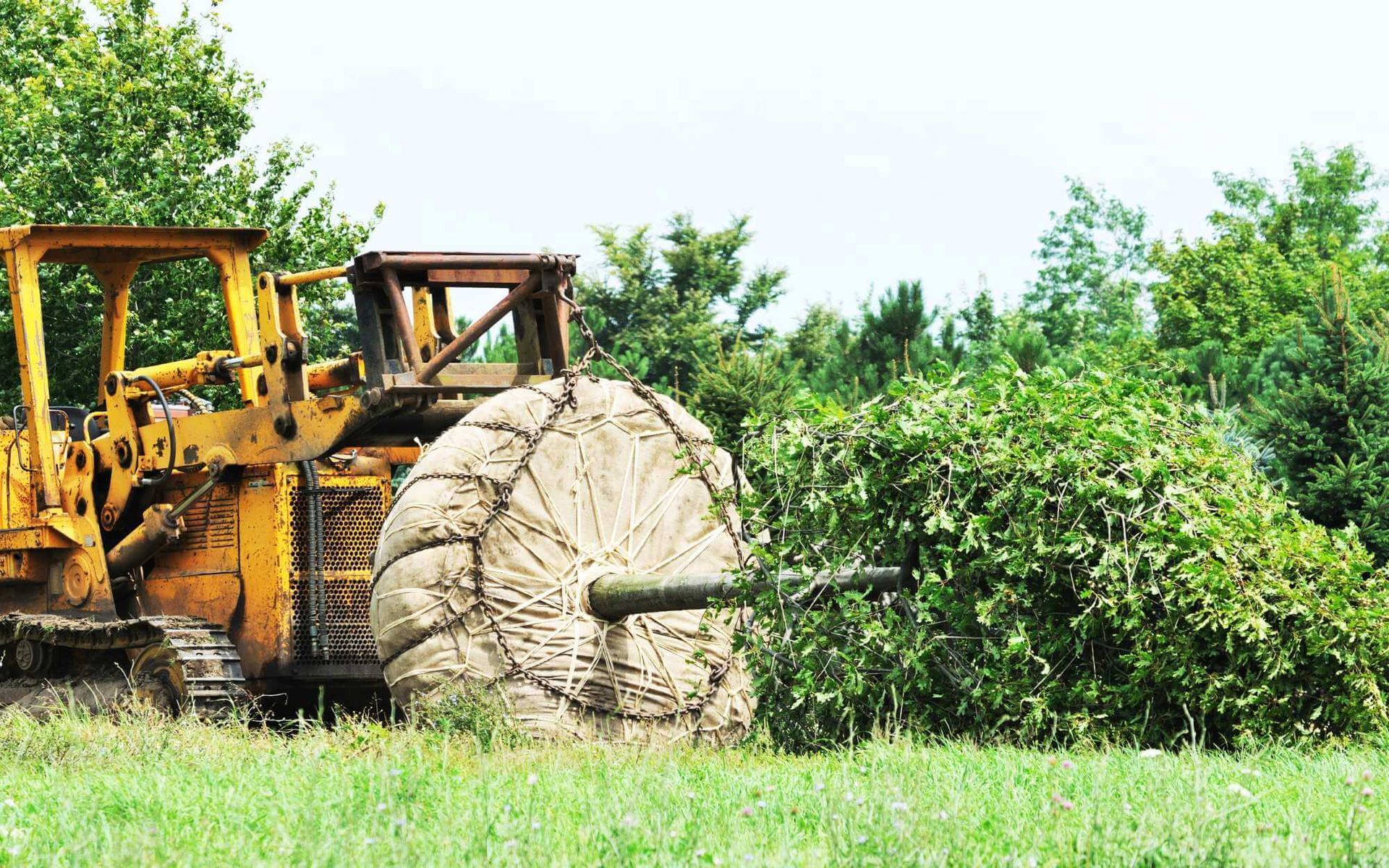
Soil testing forms the cornerstone of successful landscape recovery, revealing nutrient levels and pH balance essential for plant health. Based on these results, amend the soil with organic matter or fertilizers to restore nutrient balance and improve soil structure.
Once the soil is prepared, start replanting. Choose resilient, native plants suited to your local climate and soil conditions. Regular watering and mulching will help the new vegetation establish, while ongoing monitoring will ensure plants remain healthy and thriving.
Remember, nurturing a devastated landscape back to life requires time, patience, and consistent care.
Implementing Long-Term Maintenance
Establishing preventive measures and routine maintenance practices is paramount for landscape resilience against future high winds and heavy rains.
Regular pruning helps maintain tree health, reduces wind resistance, and prevents dangerous fallen branches. Consider wind-resistant smaller ornamental trees and strategic placement to minimize potential damage. Implement effective drainage systems to prevent soil erosion and waterlogging.
Regular soil testing and amendments ensure optimal plant health, enhancing their resilience to adverse conditions. Employing mulch around plants can prevent soil erosion and maintain moisture levels. Lastly, periodic inspections of your landscape for any potential risks and prompt remediation can significantly minimize storm damage.
Remember, a well-maintained and resilient landscape can withstand the worst of storms and bounce back with minimal intervention.
Be sure to keep in mind these storm recovery tips for your landscape!
Restoring landscapes after a severe storm is crucial for safety, ecosystem health, and aesthetic appeal. It's a laborious process, yet immensely satisfying, seeing your green spaces rejuvenate, stronger, and more resilient.
Remember, patience and consistent care make all the difference. Battle nature's wrath with our carefully curated guide, and restore your yard's pre-storm beauty.
Need help with repairing your yard after a storm?
Contact our
landscaping experts to get started with your yard's journey of recovery today!
Want a free quote or some friendly advice? Call our team today:

